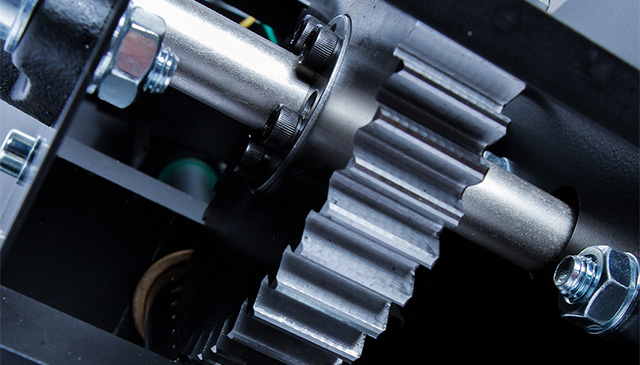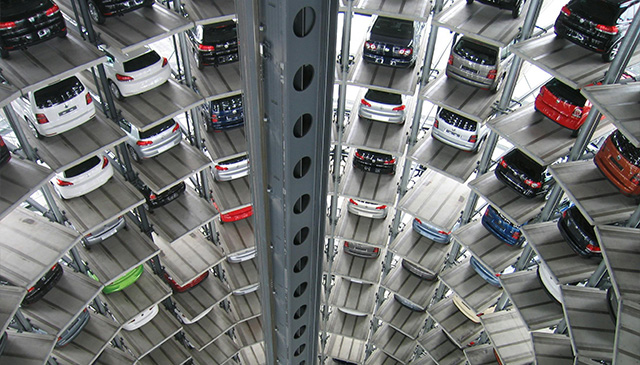




Neodymium magnets are made from a combination of neodymium, iron, boron, and other components. These magnets are known for their high magnetism and are widely used in various industries. The core technologies involved in producing customized neodymium iron boron magnets include:
1.melt:The first step in producing NdFeB magnets is to melt and alloy the raw materials. Neodymium, iron, and boron are combined in precise proportions and melted in a vacuum induction furnace. This process ensures the uniformity of the alloy and eliminates impurities.
2.Hydrogen explosion and jet grinding:Once castings are formed, they will be crushed into particles of several micrometers. The size of the powder is crucial for determining the magnetic properties of the final magnet.
3.Pressing and sintering:Press the particles into a compact shape using a hydraulic press. Carefully control the pressing process to obtain the required magnetic properties. Then, in a carefully controlled atmosphere, sinter and compact the powder at high temperatures to combine the particles and form a solid magnet.
4.inspect:Detection technology is crucial for NdFeB magnets, ensuring their quality, performance, and safety, thus supporting our core technology.
5.Processing and molding:After sintering, the magnet undergoes further processing and forming to achieve the final desired shape and size. This may involve cutting, grinding, drilling, and surface treatment to enhance the performance of the magnet and protect it from corrosion.
6.Optional GBD process:GBD is currently one of the important development directions of Ketian, with multiple process routes. This type of magnet is widely used in fields such as the main drive motor of new energy vehicles, air conditioning compressors, and intelligent robots. It is customizable and can meet the needs of customers.
7.magnetization:The final step in manufacturing customized NdFeB magnets is magnetization. Strengthen the magnetic field to align the magnetic domains inside the magnet, thereby maximizing its magnetic strength and performance.
In addition to these core technologies, there are several other important considerations in the production of customized neodymium iron boron magnets, such as quality control, surface treatment, and magnet assembly. These technologies can ensure the production of high-quality and high-performance NdFeB magnets according to specific customer requirements.
Customizing NdFeB magnets has several advantages, making them a popular choice in various industries. Some of these advantages include:
1.High magnetic strength:
NdFeB magnets have the highest magnetic strength among all permanent magnets. They provide a strong magnetic field and can generate high retention force, making them suitable for applications that require strong magnetism.
2.compact size:
NdFeB magnets have high energy density, which means they can store a large amount of magnetic energy in a small volume. This compact size makes them an ideal choice for applications with limited space or minimal weight requirements.
3.Wide range temperature stability:
NdFeB magnets have excellent temperature stability, enabling them to operate reliably over a wide range of operating temperatures. They have a high Curie temperature (the temperature at which they lose magnetism) and can withstand high and low temperature limits.
4.Versatility:
Neodymium iron boron magnets can be customized to suit specific applications. They can be manufactured in various shapes, sizes, and grades to meet specific magnetic requirements. This versatility makes them suitable for a wide range of industries, including automobiles, electronics, healthcare, energy, and more.
5.Cost effectiveness:
Neodymium iron boron magnets have a high magnetic field strength to cost ratio, making them an economical and efficient choice for many applications. Although they have high performance, they are relatively cheaper compared to other magnet materials.
6.Anti demagnetization:
NdFeB magnets have high anti demagnetization properties, which means that even under challenging operating conditions, they will maintain their magnetism over time. This makes them suitable for long-term applications that require stable magnetism.
7.Wide application range:
NdFeB magnets are used in a wide range of applications, including electric motors, generators, magnetic separators, magnetic resonance imaging (MRI) machines, speakers, magnetic elevators, wind turbines, etc. Its high magnetic strength and versatility make it suitable for numerous industrial, commercial, and consumer applications.
Overall, the advantages of customized NdFeB magnets lie in their high magnetic strength, compact size, temperature stability, versatility, cost-effectiveness, anti demagnetization, and wide range of applications. These characteristics make them valuable and popular magnet materials in various industries.